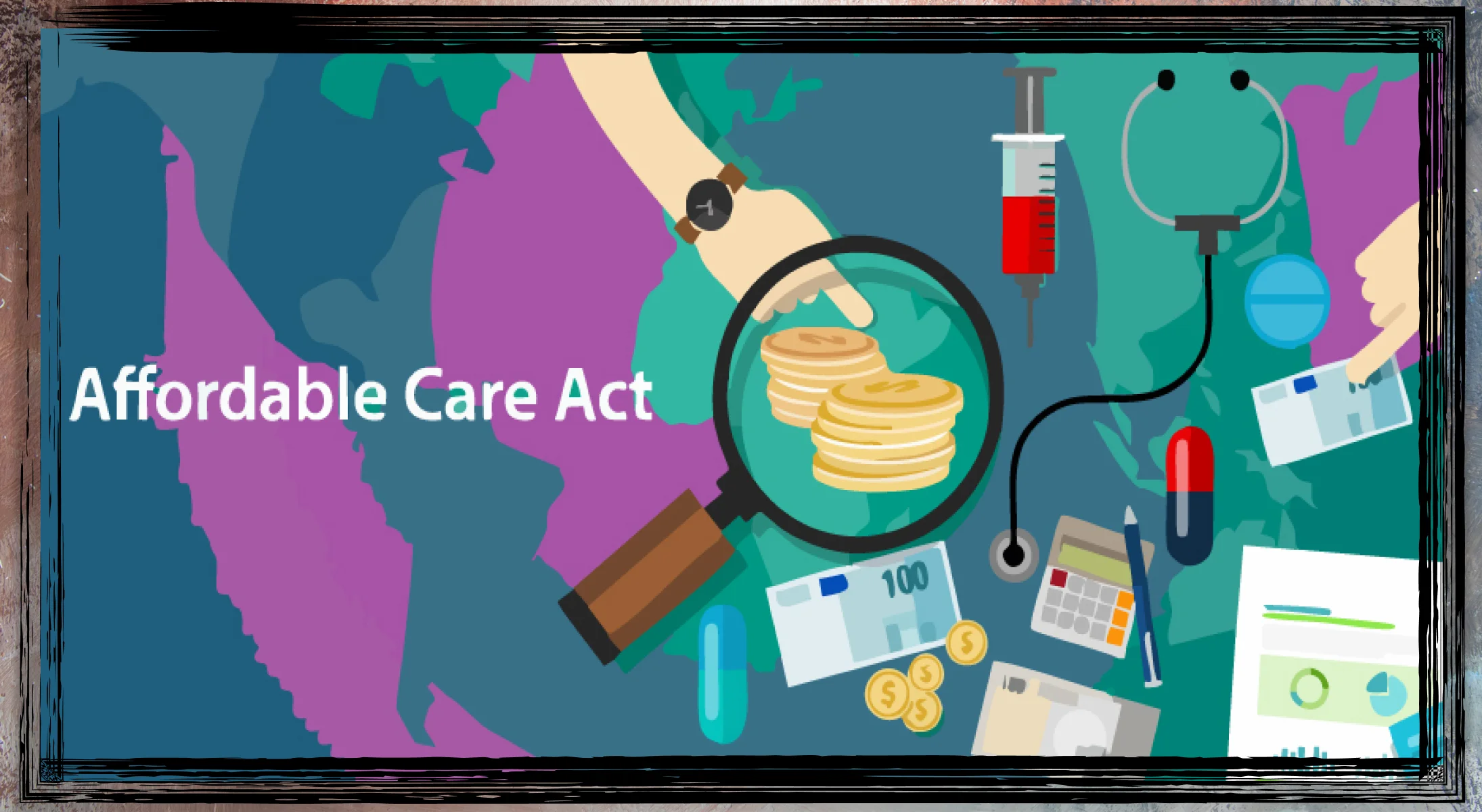
Doctors Sound the Alarm About Insurance Downcoding: How It’s Impacting Medical Billing & Clinic Revenue in 2025
By Billmate
Oct. 23, 2025, 10:27 a.m.
Introduction

In 2025, one of the most pressing issues shaking the U.S. healthcare billing landscape isn’t a new regulation or ICD-10 code; it’s downcoding. Across hospitals, outpatient clinics, and private practices, doctors are raising serious concerns about insurance companies lowering the value of legitimate claims without notice.
The result? Lost revenue, frustrated patients, and an ongoing battle over what medical services are truly worth.
What Is Downcoding in Medical Billing?

Downcoding occurs when an insurance payer changes the CPT or E/M code on a medical claim to one that represents a less complex or less expensive service. This means the provider gets paid less than what was billed, even if the services were documented accurately.
For example:
A physician bills for a 99214 (moderate-complexity office visit), but the insurer downgrades it to 99213 (low-complexity), resulting in a reimbursement cut of 20–30%.
A surgical claim coded as a major procedure may be changed to minor, drastically reducing compensation. In simple terms, downcoding is like being paid for an oil change when you actually performed an engine overhaul.
Why Downcoding Has Exploded in 2025
Over the past year, medical associations, including the American Medical Association (AMA) and Medical Group Management Association (MGMA), have reported a sharp rise in downcoded claims across major insurance networks.
AI-Driven Claim Review Systems:
Many payers are now using AI tools to automatically assess claims. While marketed as “accuracy enhancers,” these systems often override valid codes due to rigid algorithmic patterns that fail to capture clinical nuance.
Cost-Cutting Pressure on Payers:
In a tightening economy, insurers are under pressure to reduce payouts. Downcoding becomes a quiet way to trim costs without overtly denying claims.
Documentation Discrepancies:
Even minor inconsistencies in electronic health record (EHR) documentation can trigger automated downcoding.
Regulatory Shifts:
Updates to Evaluation & Management (E/M) guidelines by CMS have increased ambiguity in how complexity is assessed, leading to confusion and more opportunities for insurers to downgrade claims.
The Financial Impact: Millions Lost in Revenue

A recent report from the Medical Group Management Association (MGMA) estimated that downcoding errors cost U.S. healthcare providers over $2.5 billion annually in underpayments. Small and midsize clinics are hit the hardest, especially those without a dedicated billing compliance team.
Real Example:
A multi-specialty clinic in New York reviewed 1,000 claims and found that 14% were downcoded, resulting in over $120,000 in lost reimbursements in just three months.
Multiply that across the country, and it’s clear why providers are calling it a “silent reimbursement crisis.”
Why Doctors Are Speaking Out
Physicians across the country are increasingly vocal about the growing distrust between healthcare providers and payers. Dr. Katherine Sullivan, an internal medicine specialist from Texas, recently told The Week:
“We follow the rules, document every minute, and still end up being told our care was ‘simpler’ than it was. It’s demoralizing and financially devastating.”
This sentiment is echoed nationwide. What’s worse, patients are unknowingly caught in the middle, facing unexpected bills or denied claims due to coding discrepancies that have nothing to do with them.
Downcoding vs. Upcoding: The Legal & Ethical Line

While upcoding (billing for higher complexity than performed) is a well-known compliance violation, downcoding is its opposite, and it’s often done by payers, not providers.
The ethical dilemma?
When insurers unilaterally change claim codes without provider consent, it raises questions about transparency, fair reimbursement, and even patient trust.
The Centers for Medicare & Medicaid Services (CMS) has strict rules stating that:
“Any alteration to a submitted claim must be supported by clear documentation and communicated to the provider.”
Yet, providers often learn about downcoding after payments arrive, leaving little room for appeal.
How to Identify and Appeal Downcoded Claims

If your clinic is losing revenue without a clear cause, it’s time to audit for downcoding. Here’s a step-by-step process:
-
Conduct Regular Coding Audits
Compare submitted CPT codes to final payer adjudication reports. Look for patterns of lower-level E/M codes or changed modifiers.
-
Strengthen Documentation
-
Include time spent with the patient.
-
Detail decision-making complexity.
-
Attach relevant lab reports, imaging, or referral notes.
-
Comprehensive documentation is your strongest defense.
-
Appeal Aggressively
Submit a corrected claim or formal appeal within 30–90 days (depending on payer).
Attach:
-
Provider notes
-
CPT and ICD-10 justification
-
Payer communication trail
-
Automate Revenue Integrity
Tools like BillMate’s RCM Optimization Services use machine learning to detect claim discrepancies before submission, helping prevent revenue loss due to payer manipulation.
-
Educate Your Billing Team
Stay updated on CMS, AAPC, and AMA coding guidelines. Regular training helps ensure your staff recognizes improper code adjustments immediately.
Best Practices to Prevent Downcoding in 2025

To stay ahead of the curve, clinics should adopt these proactive strategies:
Implement Pre-Billing Quality Checks: Use smart coding verification tools before claim submission.
Track Payer Patterns: Identify which insurers are most frequently altering codes and escalate through proper channels.
Maintain Open Payer Communication: Build relationships with payer representatives; direct communication often resolves repetitive errors.
Update Coding Software Regularly: Ensure EHRs and billing platforms are updated with 2025 ICD-10 and CPT codes to prevent mismatched claims.
Outsource to Certified RCM Partners: Partnering with experts like BillMate can safeguard your revenue through real-time claim audits and denial management.
Conclusion
The surge in downcoding is a wake-up call for healthcare accountability. Doctors deserve fair compensation for their expertise, and patients deserve confidence that their care isn’t being shortchanged by profit-driven algorithms. In 2025 and beyond, clinics must fight back with data, documentation, and digital defense. By adopting smarter RCM tools, ongoing compliance training, and proactive audit practices, providers can reclaim lost revenue and rebuild trust in the billing process.
What To Read Next

By Billmate | October 23, 2025
Doctors Sound the Alarm About Insurance Downcoding: How It’s Impacting Medical Billing & Clinic Rev…
Learn how insurance downcoding is reducing reimbursements and affecting medical billing accuracy in…

By Billmate | October 22, 2025
What Is Medical Billing? A Complete Guide for Healthcare Professionals
Learn what medical billing is, how it works, and why it’s essential for healthcare revenue. Discove…

By Billmate | October 21, 2025
Top ICD-10 Coding Updates 2025: How U.S. Medical Billers Can Avoid Costly Claim Denials
Learn the top ICD-10 coding updates for 2025. Understand new U.S. ICD codes, avoid ICD errors, and …

By Billmate | October 15, 2025
New York’s Bold Move: How Medical Debt Reforms Cut Hospital Lawsuits by 99.9%
Discover how New York’s new medical debt laws transformed healthcare billing, slashing lawsuits by …

By Billmate | October 09, 2025
What Is the ACA (Affordable Care Act): A Complete Guide for Doctors
Affordable Care Act (ACA) Guide 2025 for Doctors | Stay Compliant & Profitable
Join our team to be a part
of our story
Learn more about our career, education and
posting jobs, and
submit simple application.